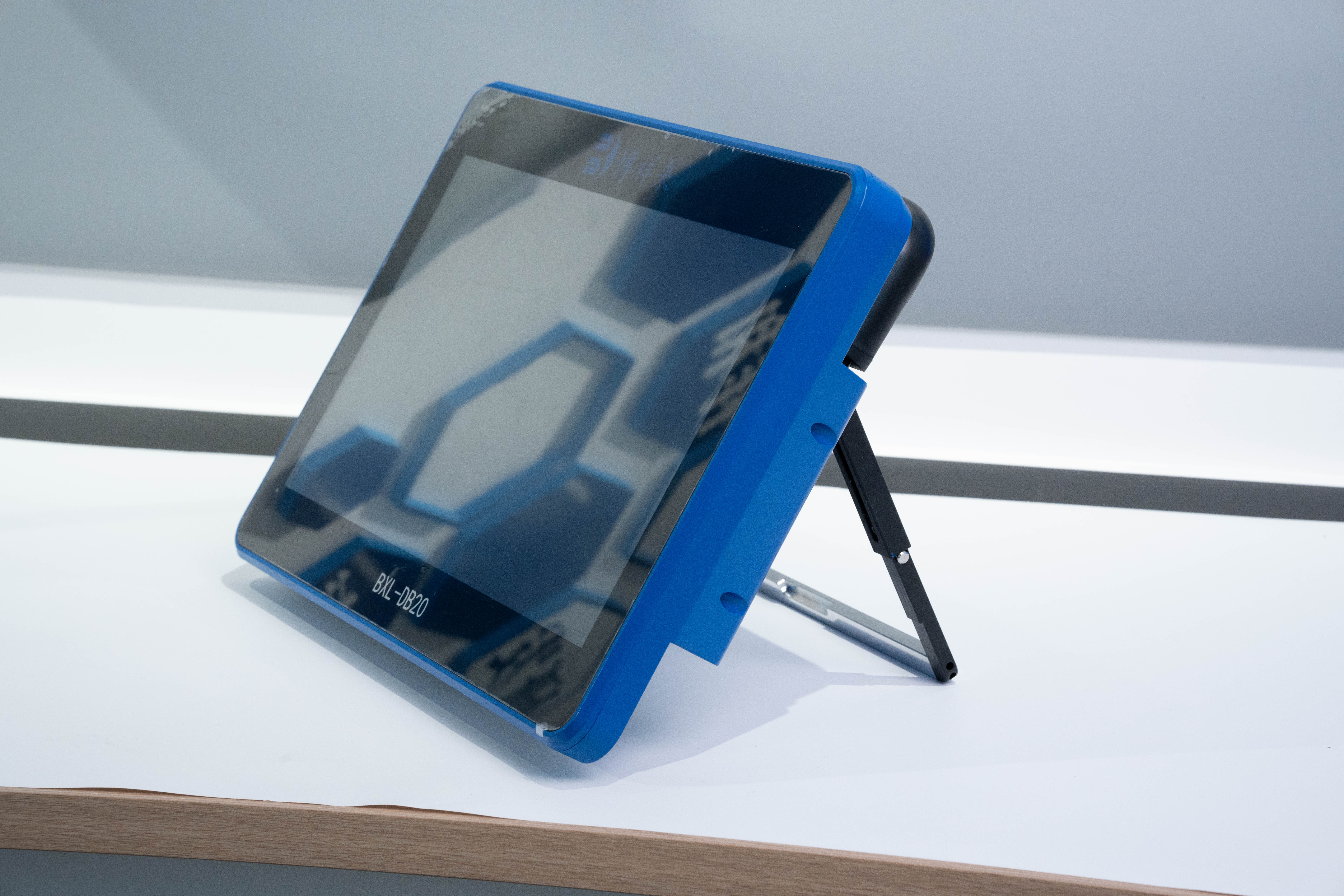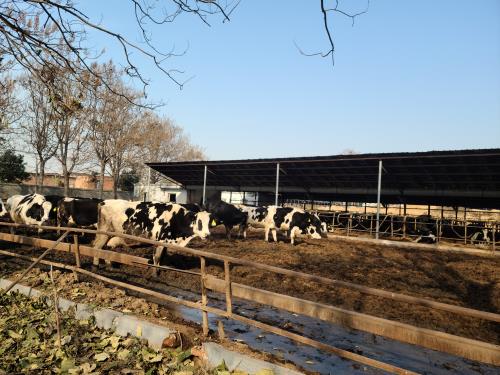The retained placenta of ewes, if the pregnant ewes have not expelled the placenta 4-6 hours after giving birth, can be defined as retained placenta. At this time, the condition of the uterus can be observed through sheep B-ultrasound. Typical symptoms are: arching the waist and straining, decreased or no appetite, poor spirits, and lying on the ground; increased body temperature; increased breathing and pulse. If the placenta is retained for a long time, it may become corrupt, and dirty red, corrupt and smelly lochia will flow out of the vulva, which is mixed with grayish white uncorrupted placenta fragments or blood vessels. The presence of foreign bodies in the uterus can be diagnosed by sheep B-ultrasound. When all the placenta is retained, part of the placenta hangs from the vulva to the hind limbs.

On-site training for sheep B-ultrasound
Treatment measures for retained placenta of ewes, if the placenta of ewes that give birth within 24 hours is retained, oxytocin, posterior pituitary hormone, ergot alkaloids, etc. can be injected intramuscularly. The specific dosage is 0.8-1ml each time. If there is no improvement after 48-72 hours of medication, surgical treatment should be taken immediately after the diagnosis of sheep B-ultrasound. For surgical treatment, the specific steps are as follows: Step 1: Restraint. For ewes with retained placenta, take side-lying rest. Before preparing for surgery, thoroughly disinfect the instruments used, the surgeon's arms, the vulva of the ewe, etc. Step 2: Surgery. The surgeon holds the sick sheep tightly with one hand to expose the placenta and pulls it slightly outward. The other hand gradually goes deep into the ewe's uterus along the placenta, and clamps the villi around the placenta with the middle finger and index finger, and gradually peels off the surrounding edge of the ewe and lamb placenta with the thumb. After about half a week of peeling, the hand can be turned clockwise to the back of the hand to twist the chorion, so that the placenta is pulled out of the small sinus and separated from the maternal placenta. It can also be performed under the observation of sheep B-ultrasound. The uterine horn is difficult to peel off, and it often rises by the reflex contraction of the uterine horn and then peels off. Step 3: Postoperative treatment. After the operation, antibiotics or antiseptics can be infused into the ewe's uterus. Oxytetracycline 2g is usually mixed with 100ml of normal saline and injected into the uterus under the guidance of sheep B-ultrasound. You can also directly infuse 0.2% procaine solution in a dosage of 30-50ml, which has a better therapeutic effect.








